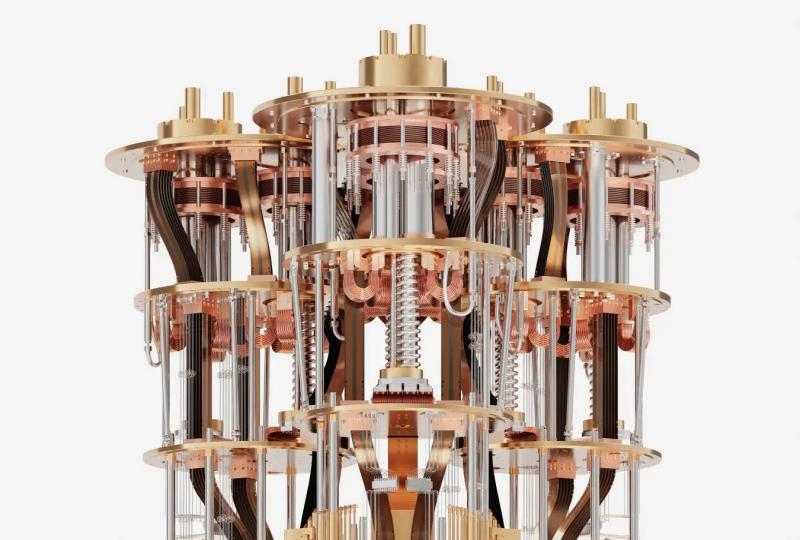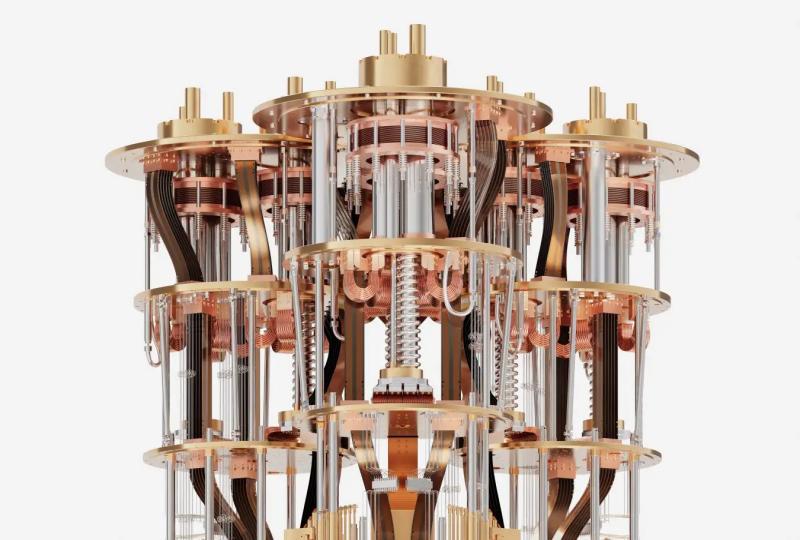What Is an Arbitrary Waveform Generator Used For?
2025.05.21 · Blog arbitrary waveform generatorquantum computerquantum computing
What Is an Arbitrary Waveform Generator (AWG)?
An Arbitrary Waveform Generator (AWG) is an advanced signal source device capable of generating user-defined, complex voltage waveforms with precise timing, amplitude, and frequency control. Unlike traditional function generators limited to basic waveforms like sine, square, or triangle, AWGs can synthesize any signal pattern—making them indispensable in modern electronics, RF systems, and quantum research.
How Does an Arbitrary Waveform Generator (AWG) Work?
At its core, an AWG stores waveform data points in digital memory, which are then converted into analog signals using high-speed digital-to-analog converters (DACs). Users can define waveform sequences either graphically via software or by importing real-world data.
Key components include:
-
Memory Buffer: Stores sample points of the waveform.
-
DAC: Converts digital values into analog voltages.
-
Clock System: Controls the timing (sample rate) of waveform output.
-
Modulation and Triggering: Enables synchronization with external signals.
Key Specifications of an Arbitrary Waveform Generator (AWG)
|
Parameter |
Description |
|
Sample Rate |
Defines how quickly the DAC outputs samples (e.g., 1 GS/s) |
|
Vertical Resolution |
Number of bits per sample (8–16 bits typically) |
|
Memory Depth |
How long or detailed a waveform can be |
|
Channels |
Number of independent outputs (1 to 4+ common) |
|
Modulation Support |
AM, FM, PM, IQ, custom digital modulation |
Applications of Arbitrary Waveform Generator (AWG) in Modern Technology
1. Electronic Design and Testing
AWGs allow engineers to test circuits under real-world conditions, simulate noise, jitter, glitches, or custom data streams—critical for debugging and compliance.
2. RF and Communications
AWGs generate complex modulated waveforms (QAM, PSK, OFDM), essential for testing baseband and RF transceivers in 5G, radar, satellite systems.
3. Automotive and IoT Sensors
Used to stimulate sensors with waveforms that simulate road conditions, motion profiles, or electrical transients.
4. Medical Electronics
AWGs can replicate bio-signals (e.g., ECG, EMG) for testing wearable health monitors and implantable devices.
Arbitrary Waveform Generator (AWG) in Quantum Computing and Quantum Research
In quantum information science, precision waveform control is non-negotiable. AWGs play a foundational role in quantum hardware control, particularly in systems based on:
1. Superconducting Qubits
Each qubit is controlled using microwave pulses. These pulses must have precise amplitude, phase, and envelope shapes—all defined by the AWG. Shaped pulses help suppress decoherence and crosstalk.
2. Trapped Ion and Neutral Atom Qubits
AWGs drive laser amplitude modulation and generate RF or optical beat signals for manipulating internal states and entanglement gates.
3. Quantum Error Correction
To implement fault-tolerant quantum logic, complex sequences of pulses are required. AWGs enable programmable, reproducible execution of these protocols with nanosecond timing accuracy.
4. Cryogenic AWGs
New developments focus on building AWGs that can operate in cryogenic environments to minimize latency and wiring complexity for large-scale quantum computers.
Advantages of Using Arbitrary Waveform Generators in Quantum Labs
-
Fine-Tuned Pulse Shaping: Gaussian, DRAG, or square pulses
-
Multi-Qubit Synchronization: Outputs can be phase-aligned to address multiple qubits
-
Low Jitter and High Stability: Crucial for quantum gate fidelity
-
Fast Reprogramming: Dynamic waveform loading via software APIs
Leading quantum labs use AWGs from vendors like Keysight, Tektronix, Zurich Instruments, or develop custom AWGs optimized for quantum control.
Choosing the Right Arbitrary Waveform Generators for Your Research
When selecting an AWG for quantum or scientific work, consider:
-
Sample Rate ≥ 1 GS/s for precise microwave pulses
-
Resolution ≥ 14 bits for dynamic range
-
Multi-channel sync for parallel qubit control
-
Triggering and sequencing capabilities
-
API access or Python SDKs for experiment automation
Conclusion
The Arbitrary Waveform Generator has evolved into a cornerstone instrument in modern R&D—spanning from high-speed communication systems to the frontiers of quantum computing. Its ability to precisely define and control waveforms enables breakthroughs in device characterization, quantum gate implementation, and system-level testing. As quantum technology scales up, AWGs will continue to play a critical role in bridging classical control with quantum operations.
Featured Content






